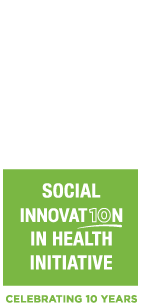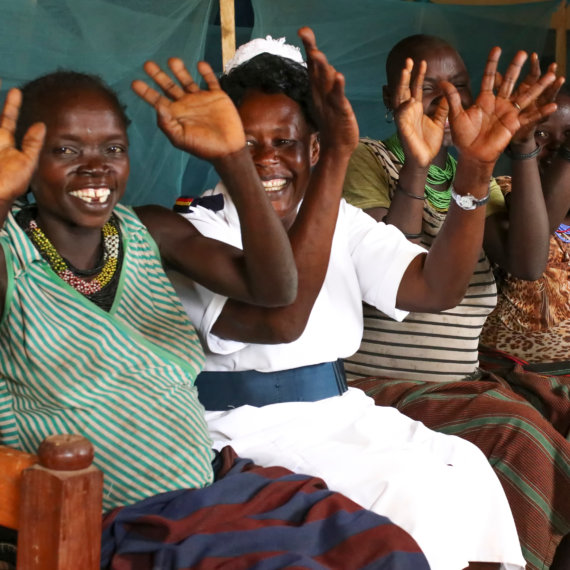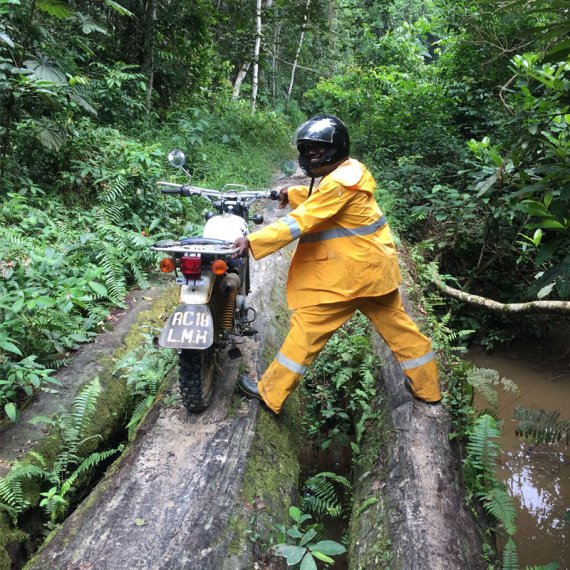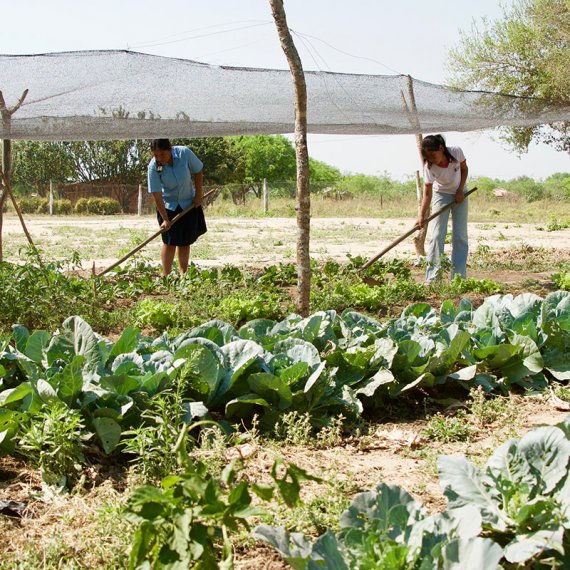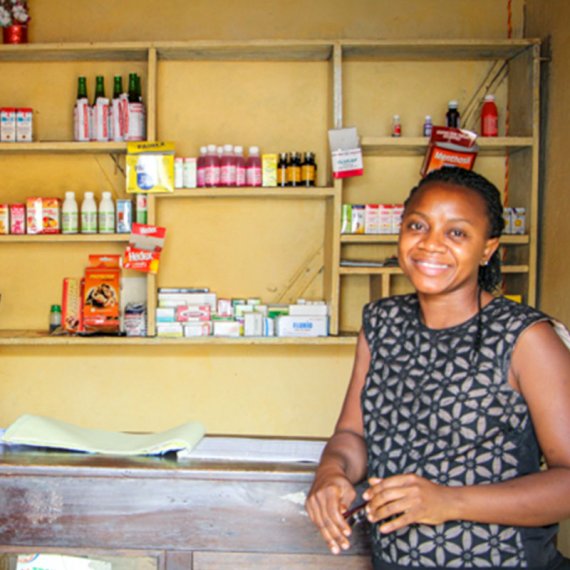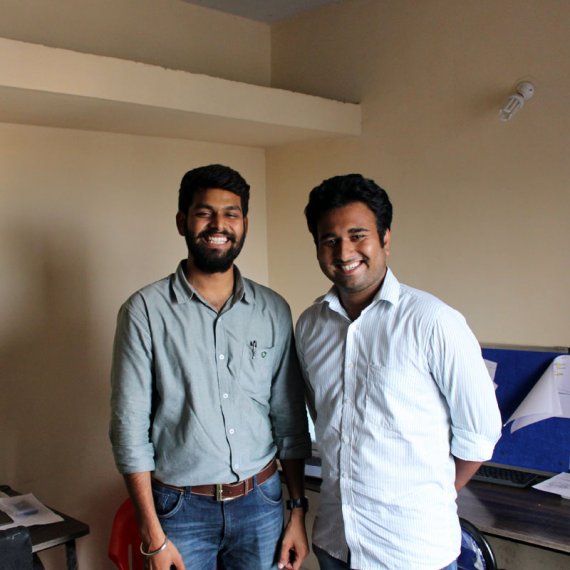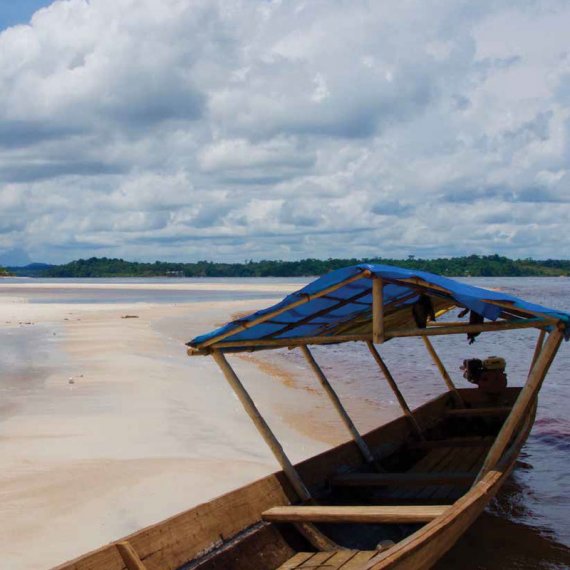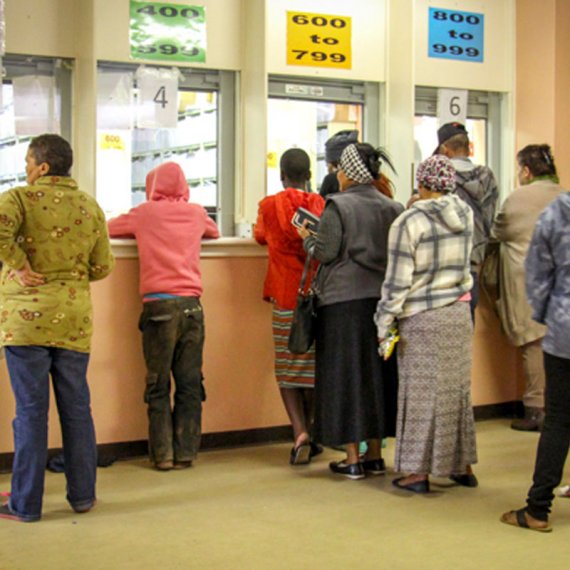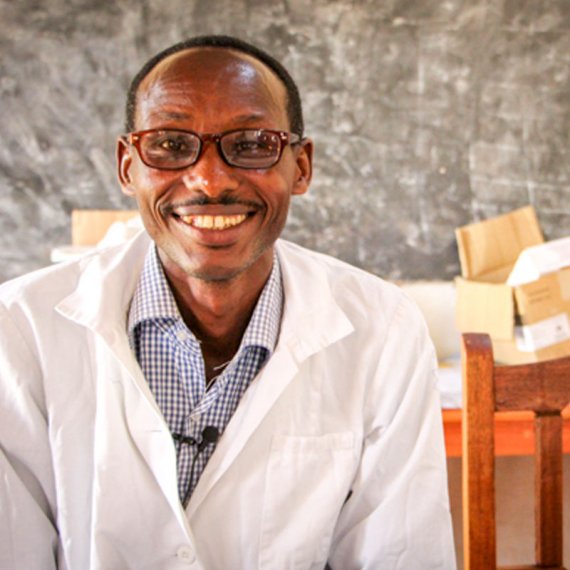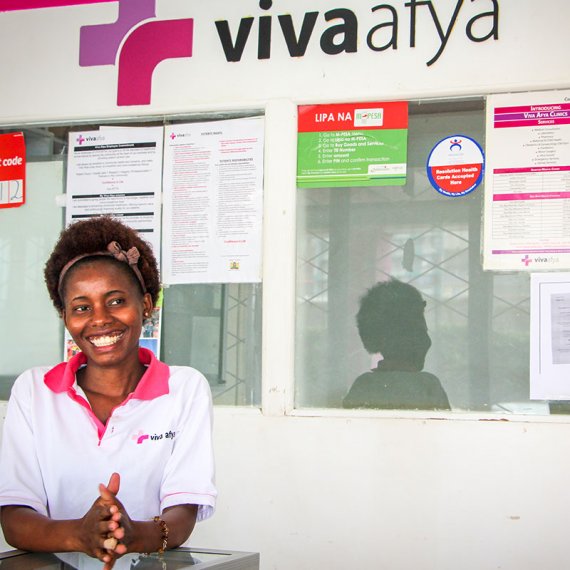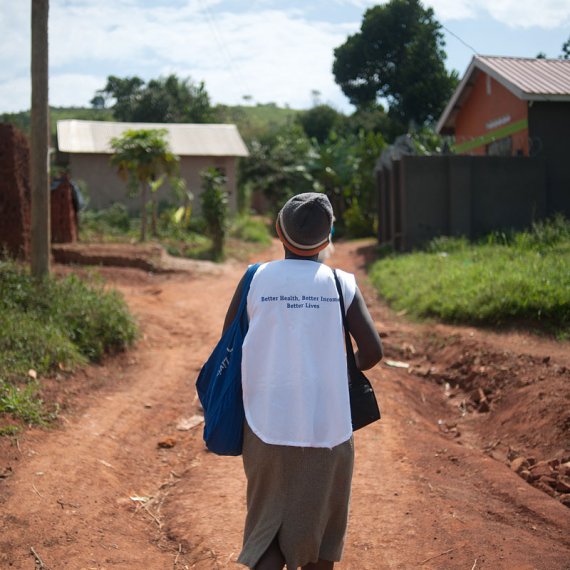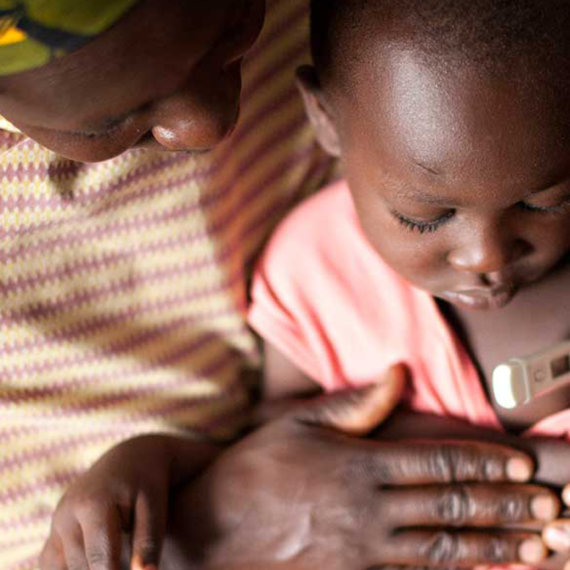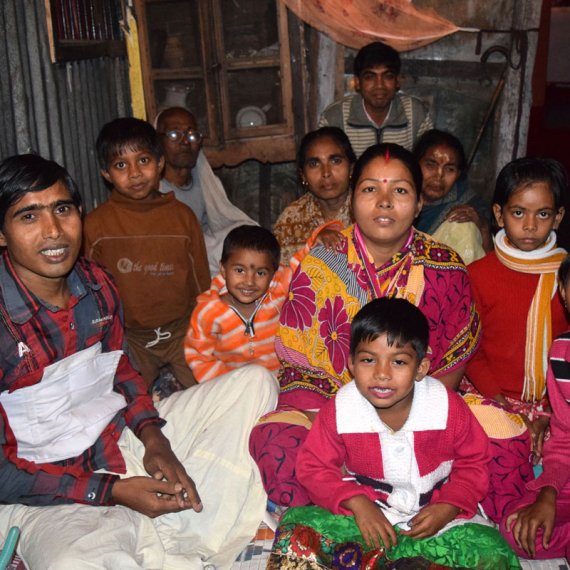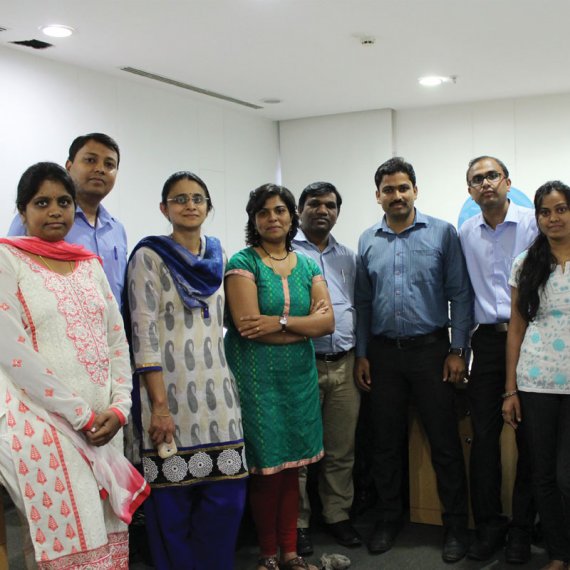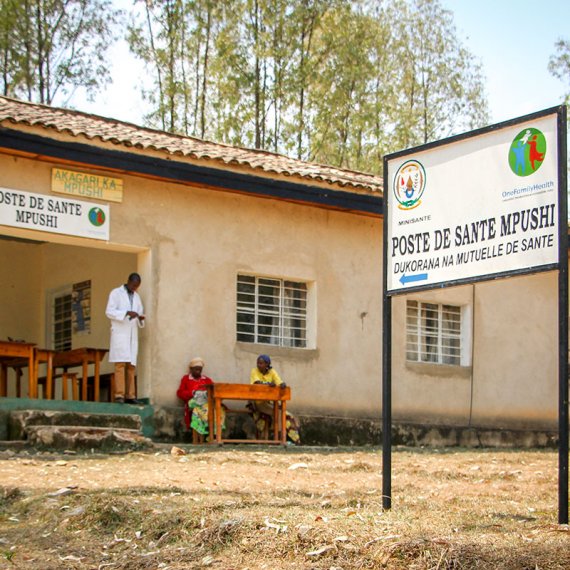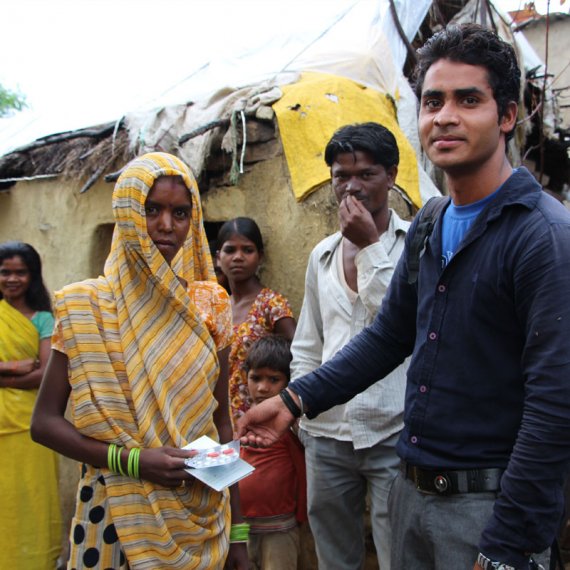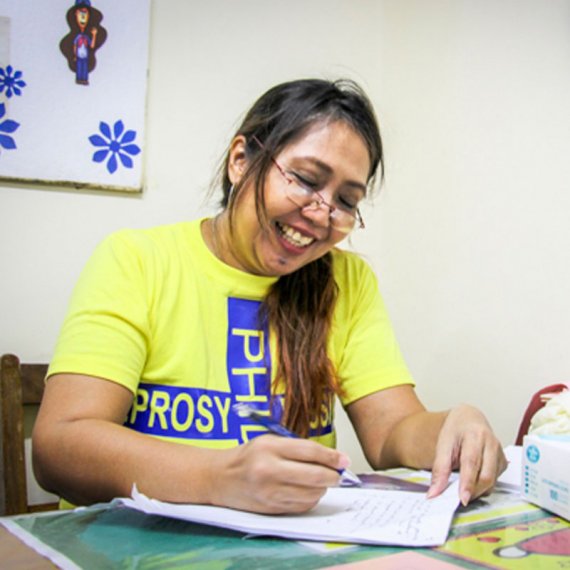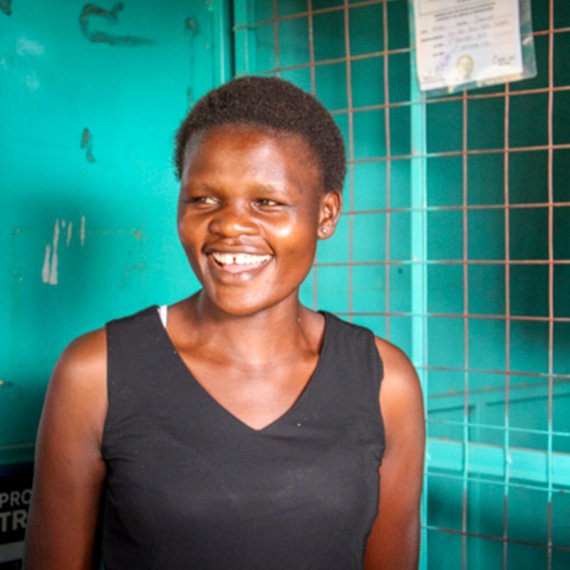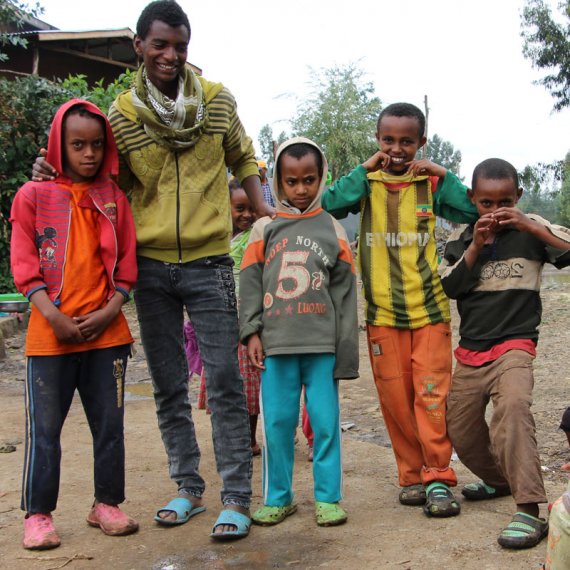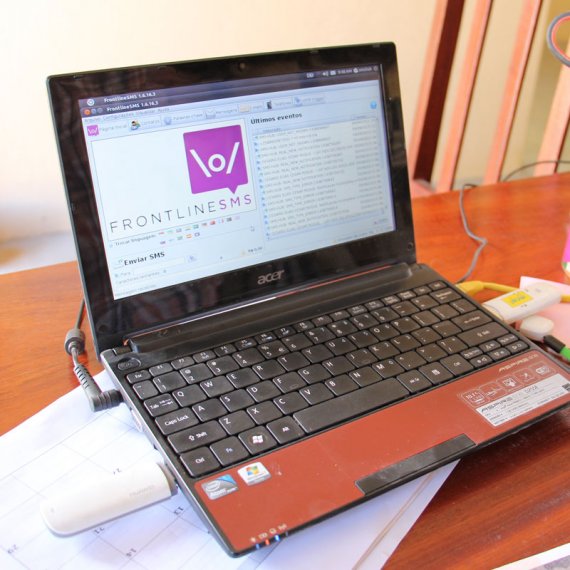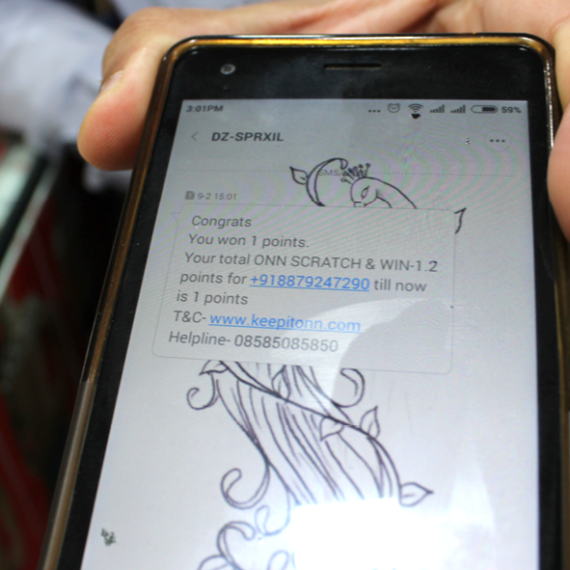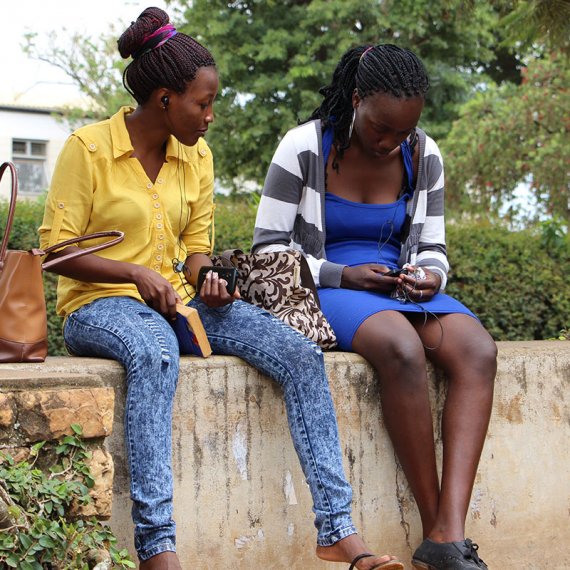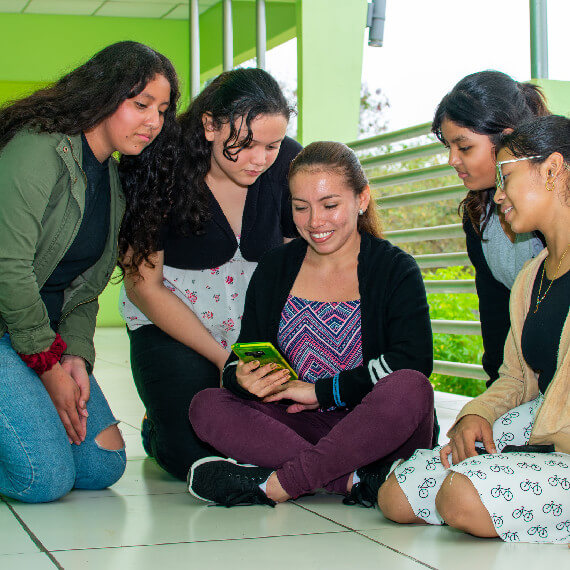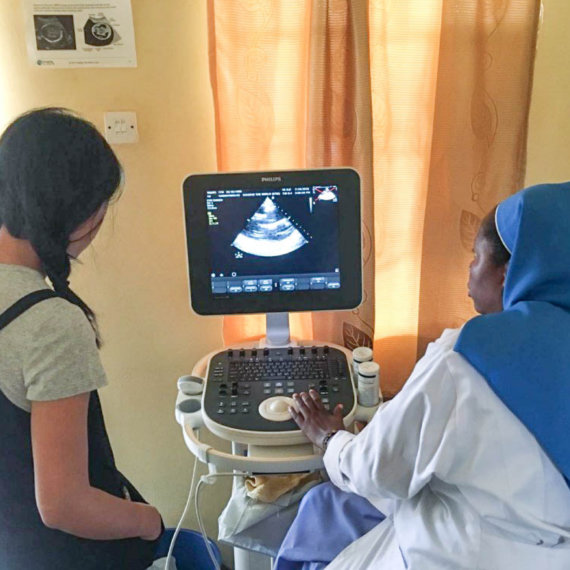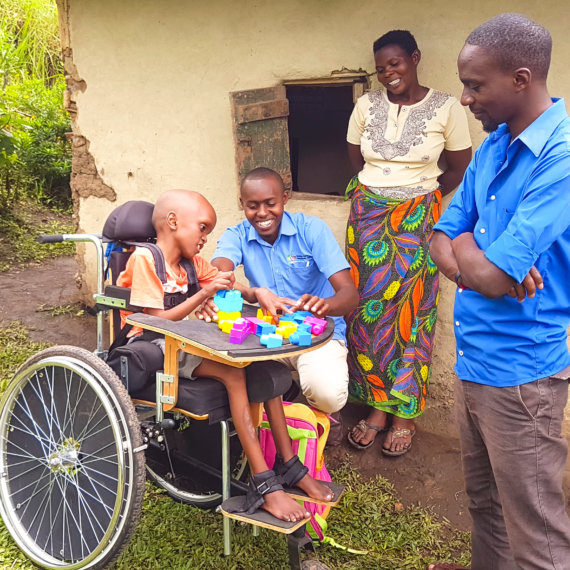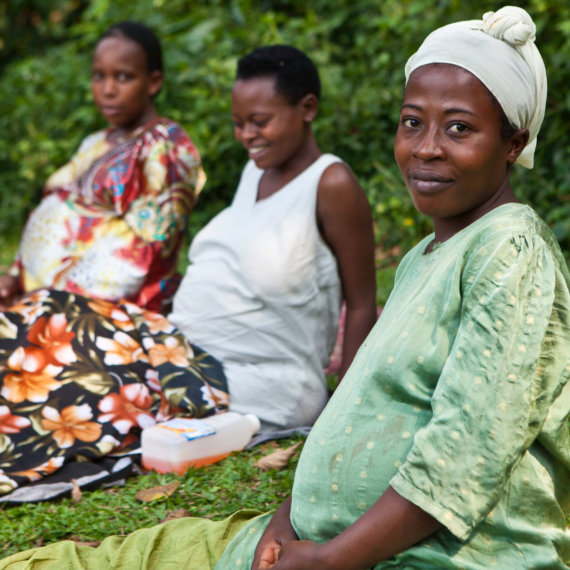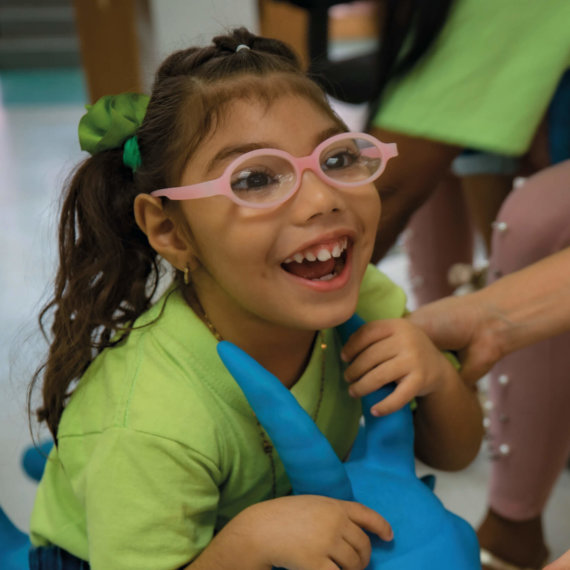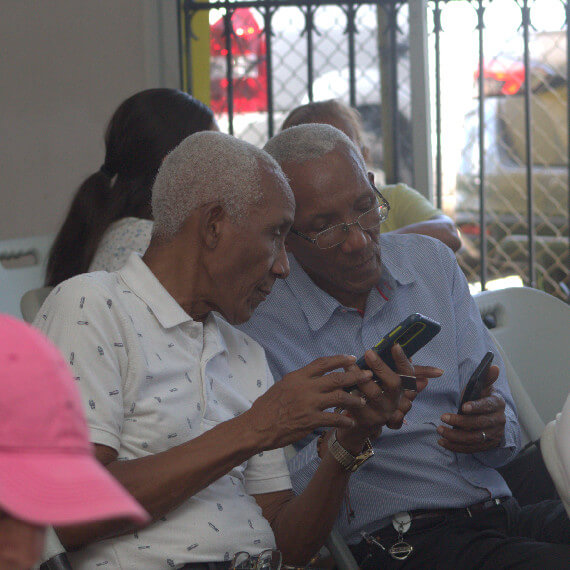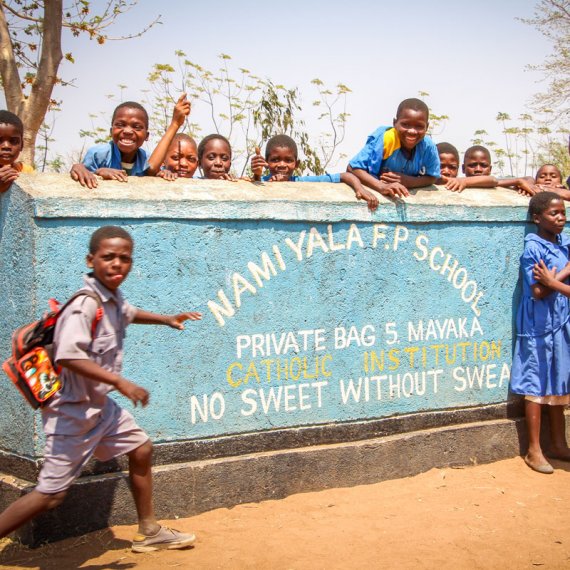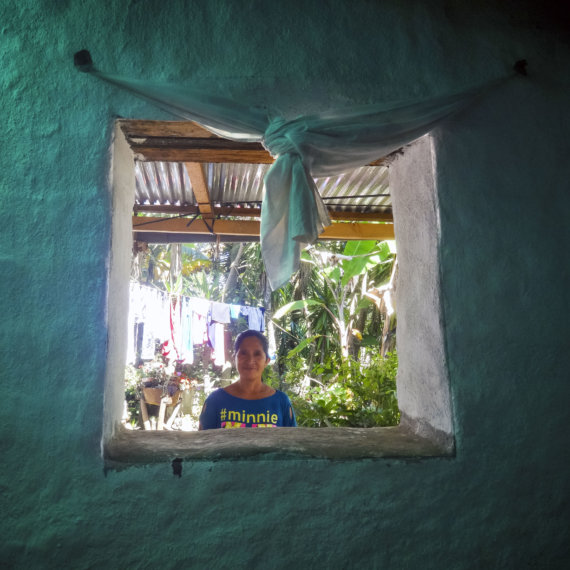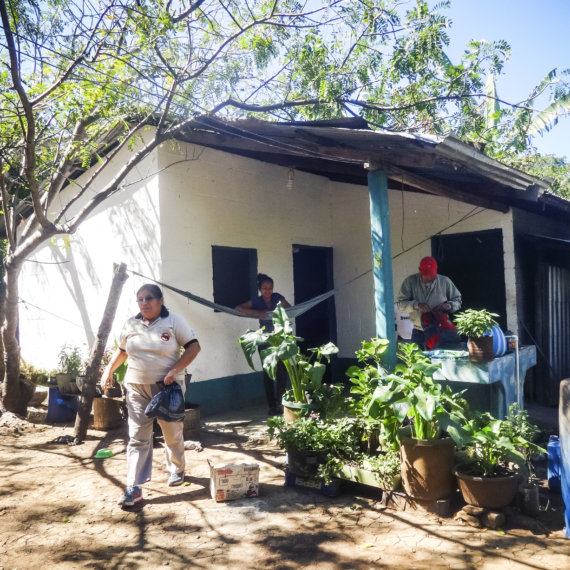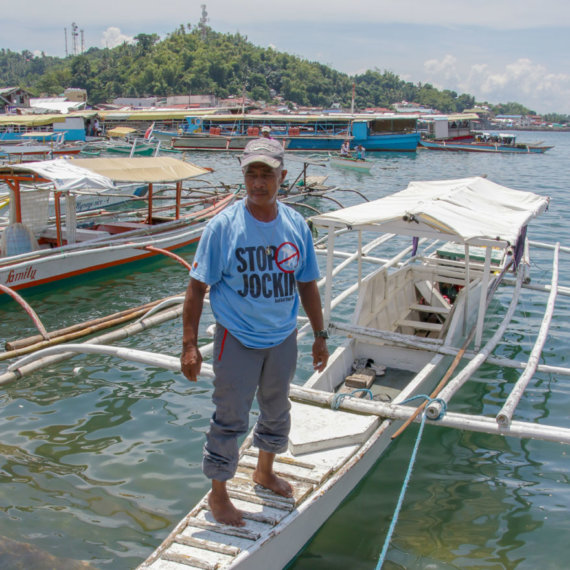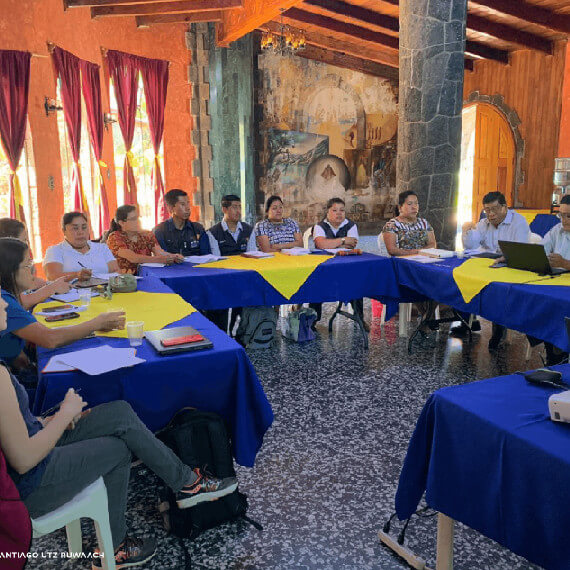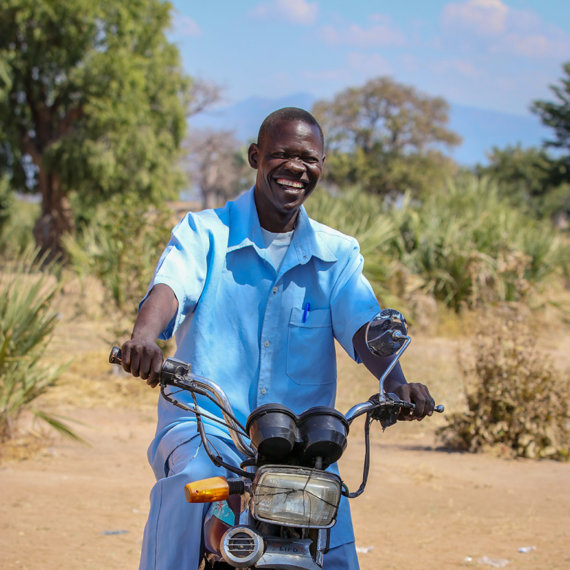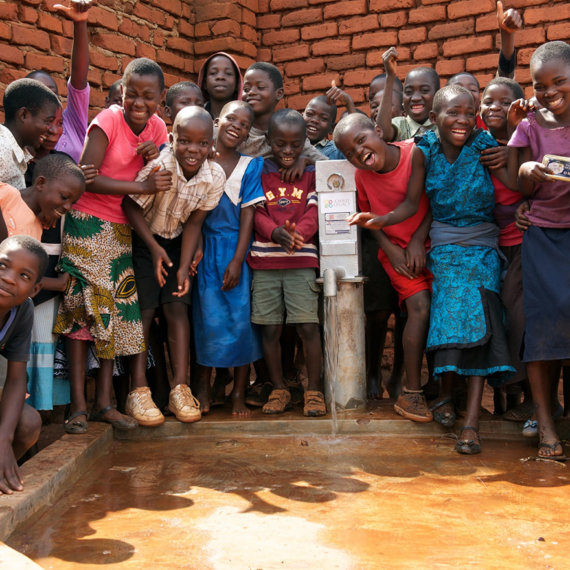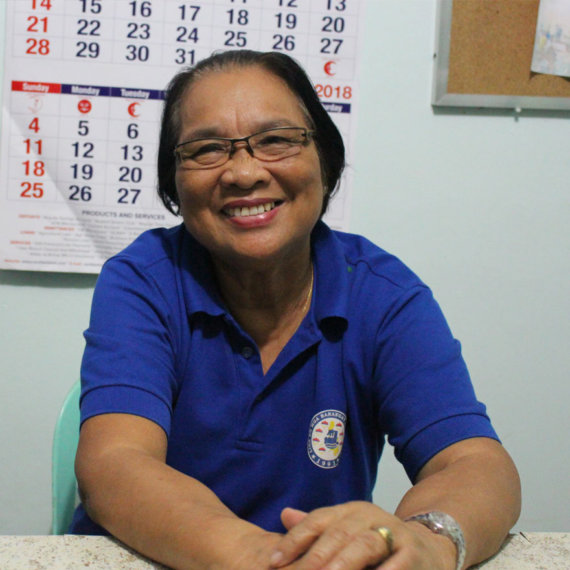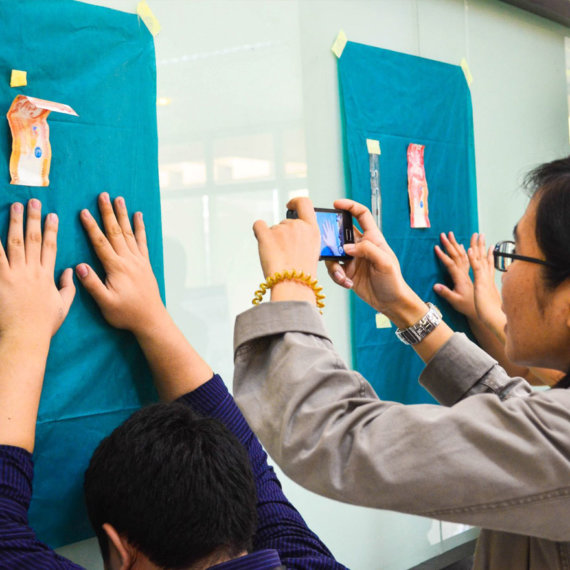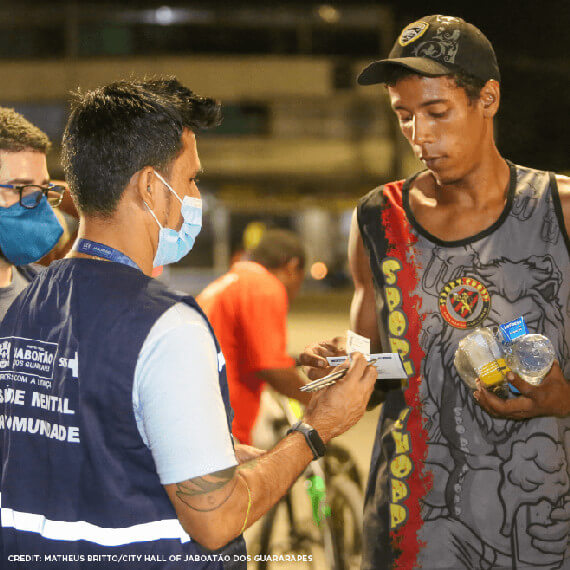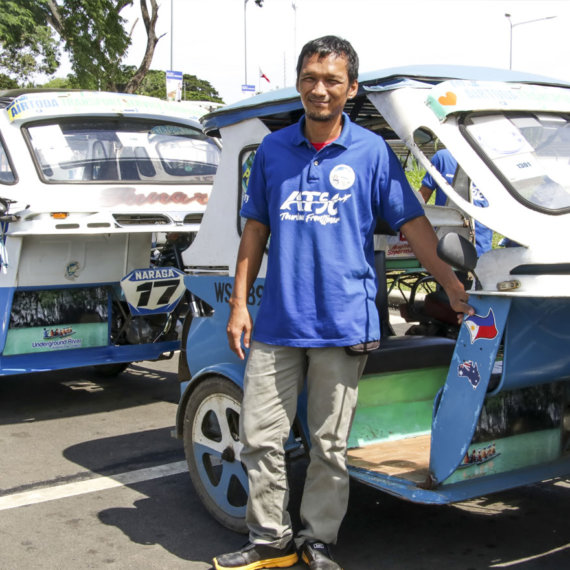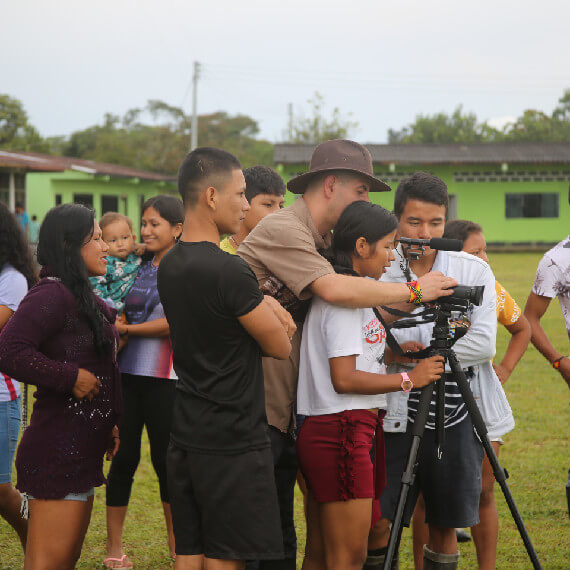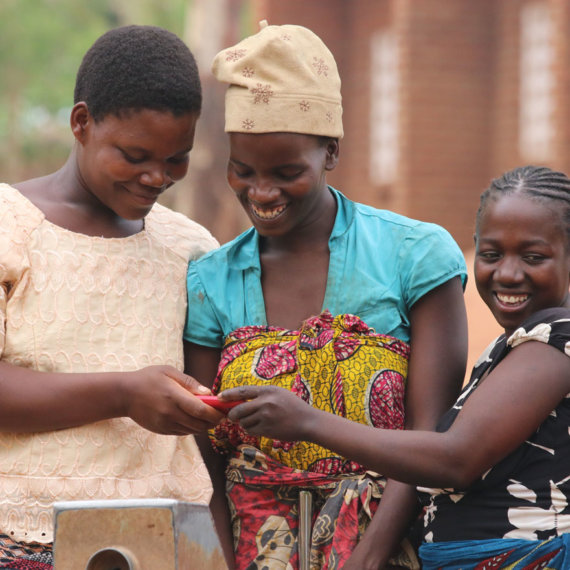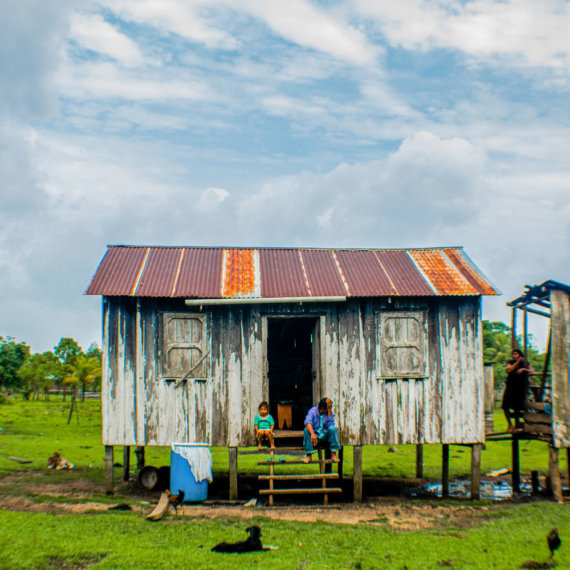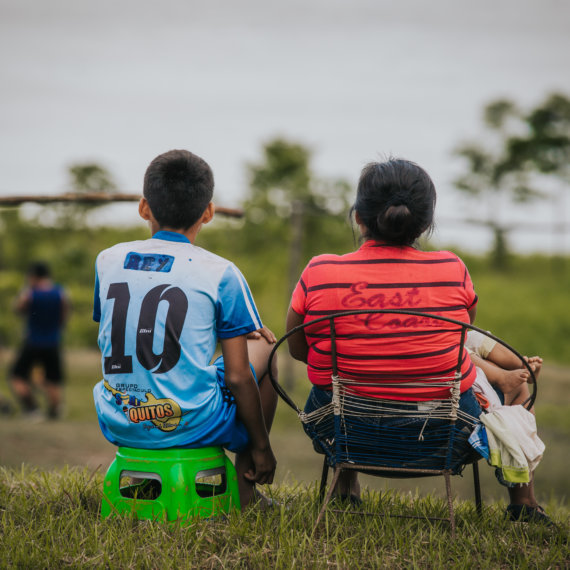MOBILE-BASED SURVEILLANCE QUEST USING IT (MOSQUIT)
The Mobile-based Surveillance Quest using IT (MoSQuIT) is a digital platform that automates and streamlines malaria surveillance for all stakeholders involved, from health workers in rural India to medical officers and public health decision-makers. MoSQuIT provides quick transfer of information, real-time visibility of malaria incidence, and large-scale analytics for identification and management of epidemic outbreaks.
CONTINENT
Asia
Country
India
Organizational structure
Government Agency (not-for-profit)
Health focus
Malaria
Areas of interest
Digital technology
Health system focus
Information systems
CHALLENGES
India’s health system faces the challenge of monitoring and assessing the spread of infectious diseases in a large population of over 1.2 billion people. Malaria, in particular, poses a tremendous challenge for the entire public health system, especially in the country’s Northeast region where incidence and mortality are disproportionately high compared to other parts of the country. In 2013, the number of malaria cases was reported to be 0.88 million and the number of deaths 440,000 (National Vector Borne Disease Control Programme, 2013). However, experts have warned that official malaria figures underestimate the burden significantly; incidence is said to be between 9 and 50 times higher and mortality around 13 times greater than officially reported (Hay, Gething & Snow, 2010; Dhingra et al., 2010). Without correct and current data, disease patterns are often misunderstood, health programmes do not accomplish their goals and resources are incorrectly allocated (Unite for Sight, 2016).
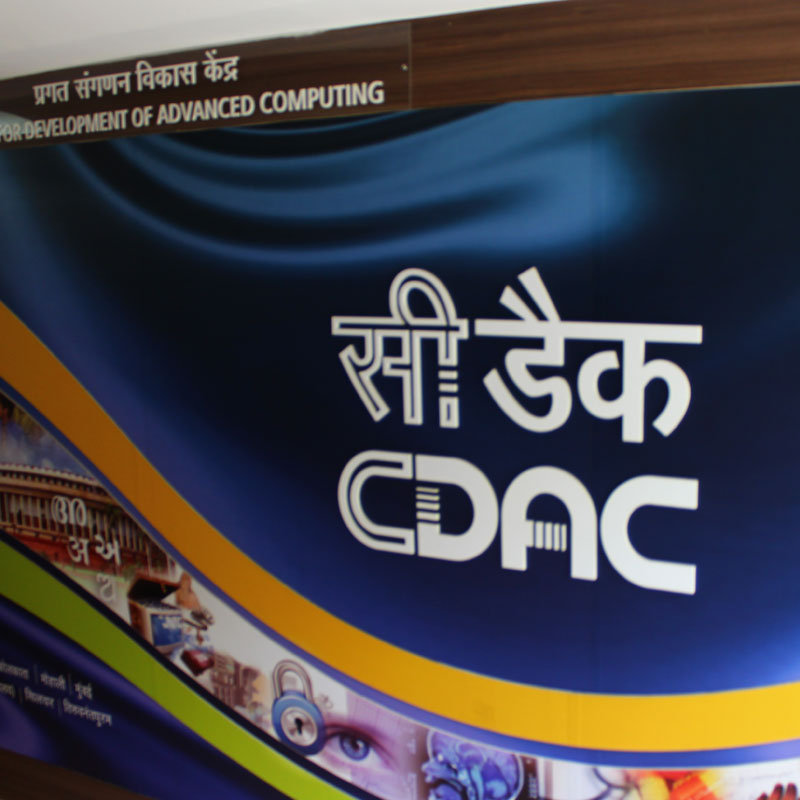
“The government feels that since data is not collected…malaria cases are not there. But due to such a system now, previously we were getting information on about 10 cases and now getting 100 cases; it is [a] big achievement for the surveillance system.”
– Dr Ganesh Karajkhede, Domain Expert, C-DAC
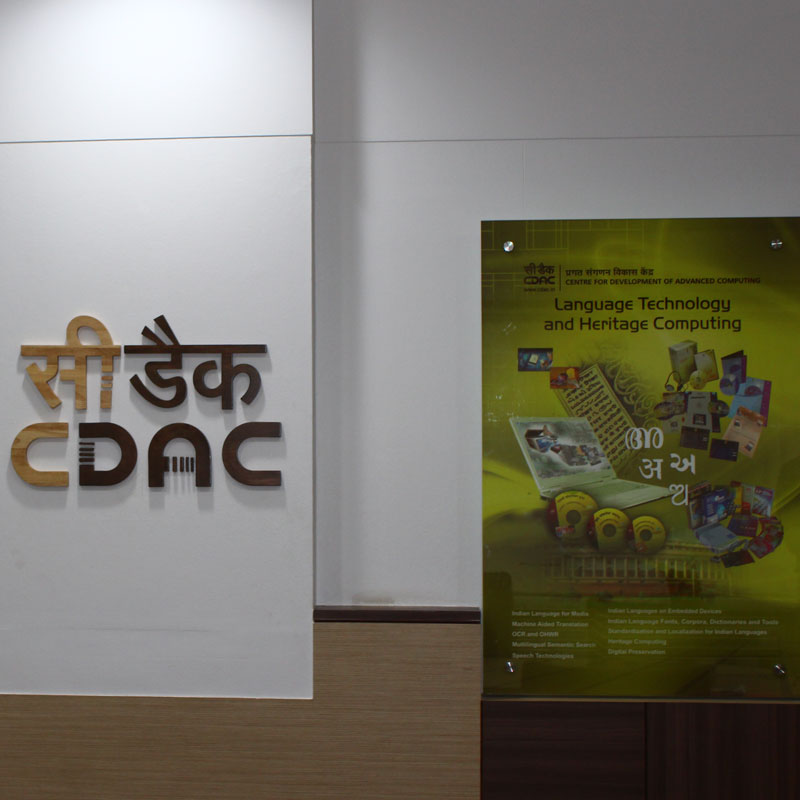
INTERVENTION
The Centre for Development of Advanced Computing (C-DAC) is a government agency of the Indian Ministry of Communications and Information Technology that conducts cutting-edge research and development (R&D) in information technology and electronics. C-DAC’s projects leverage the organization’s technical expertise to tackle pressing social challenges in India. One of these projects is C-DAC’s digital platform for malaria surveillance, Mobile-based Surveillance Quest using IT (MoSQuIT). MoSQuIT automates and streamlines the otherwise manual malaria surveillance process undertaken by the National Vector Borne Disease Control Programme’s (NVBDCP) Accredited Social Health Activists (ASHA) workers in rural India. It was developed to address the challenges that the Indian health system faces in monitoring and managing malaria, especially in remote rural areas. MoSQuIT has four main objectives: 1) provide a real-time snapshot of malaria incidence in a community; 2) detect changes in malaria incidence distribution to initiate an appropriate health system response; 3) ensure transparency and accountability across the value-chain; and 4) measure the effectiveness of anti-malaria interventions and assess health system needs, such as stocks of medical supplies, in real-time. MoSQuIT uses the guidelines and policies that underpin the national surveillance programme delivered by ASHAs.
“With mobile devices, people can actually go and enter the data right there and then … and then it immediately gets made available into the databases and therefore much better visibility is available. And that, I think, is a major technology enabler for this kind of monitoring.”
– Professor Rajat Moona, Director, C-DAC
A pilot study was conducted across 50 villages for 18 months to demonstrate the effectiveness of the platform. C-DAC is now exploring deployment of MoSQuIT through the public health system and adapting the technology to serve other health challenges in India—such as the surveillance of tuberculosis.
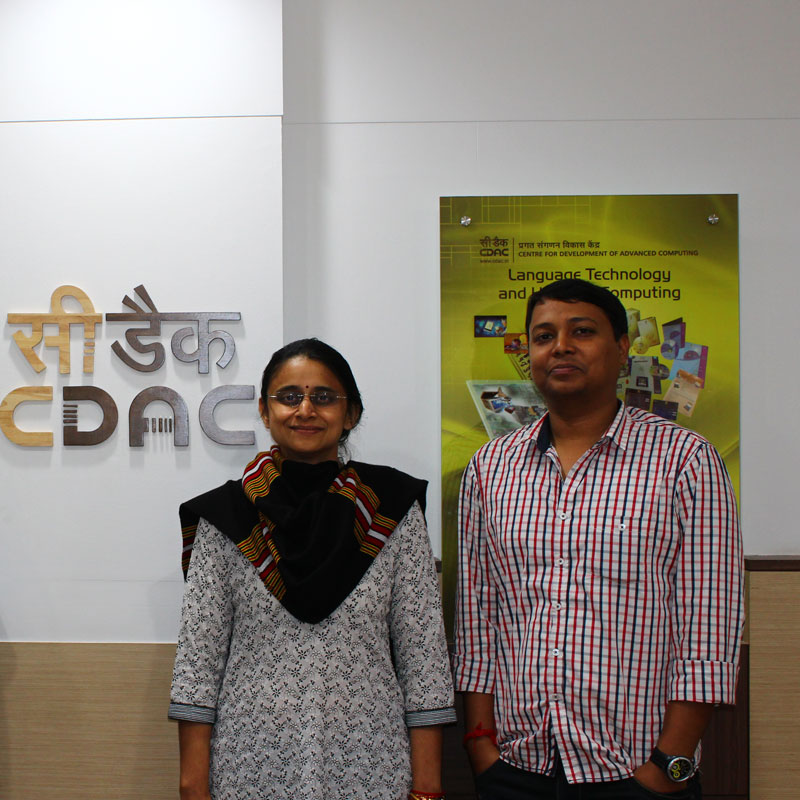
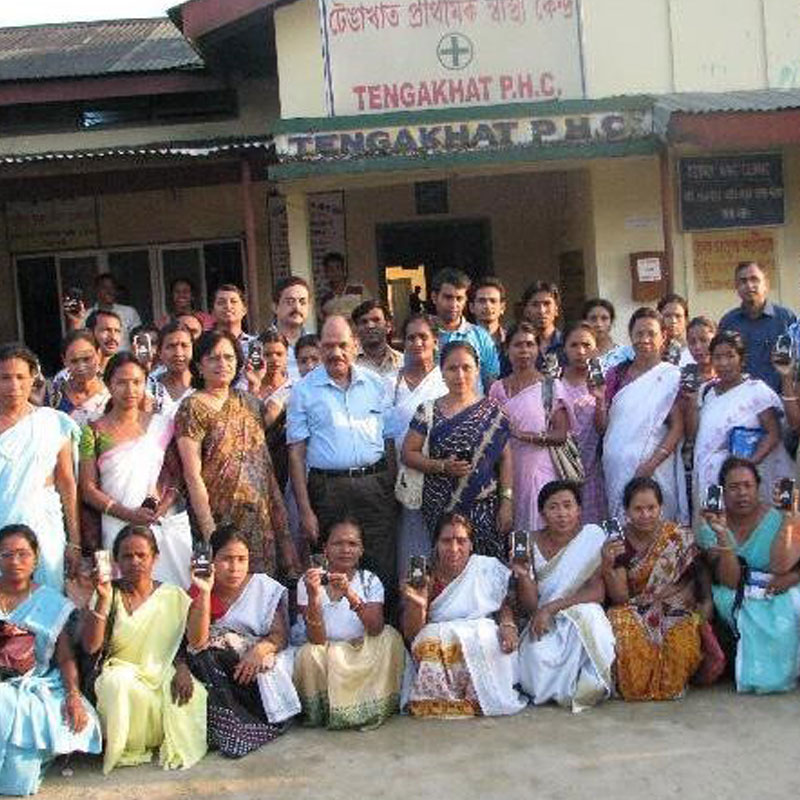
CASE INSIGHTS
The MoSQuIT case demonstrates how disease surveillance efforts can be strengthened through a streamlined technology platform that gathers data from different care providers along the patient care continuum. Integrated data collection coupled with real-time analytics can help detect disease outbreaks and trigger a quicker health systems response. In addition, it enhances transparency, communication and trust between different care providers.
“The same technology can actually be implemented not just for malaria but it can be implemented for all kind of other things, for example: looking at tuberculosis; looking at anaemia; looking at pregnancies, especially the complicated ones; looking at vitamin deficiencies; looking at malnutrition. … This technology can actually be used to solve a variety of other things as well, and therefore it actually has a very high potential. … So therefore it can actually become a very, very important tool for handling outbreak of diseases, as well as containment of lifestyle kind of diseases.”
– Professor Rajat Moona, Director, C-DAC
